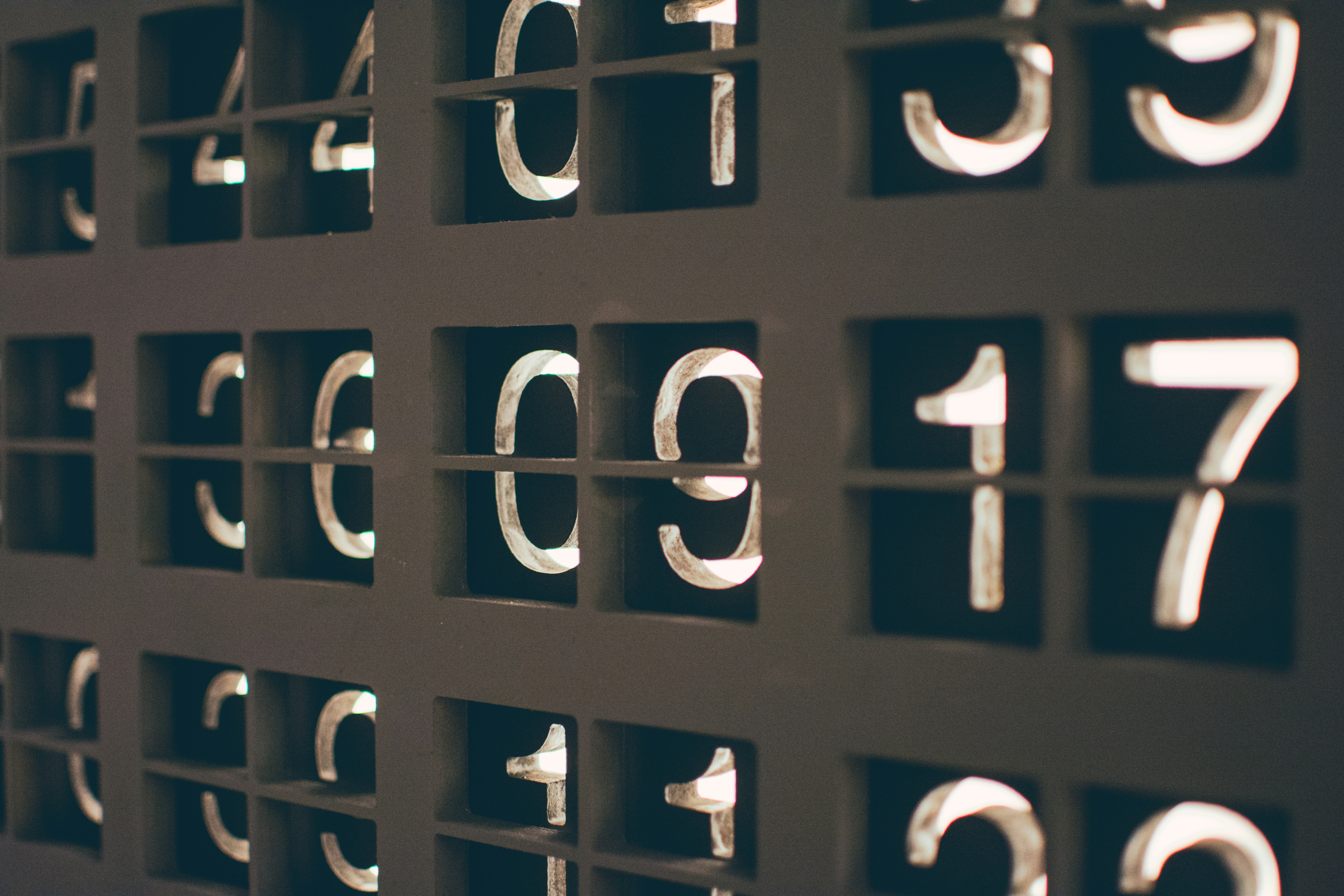I wanted to share how more easily deal with date parsing in python in this quick snippet.
Standard Python datetime
Normally, to parse a python date you will need the python
datetime module and now the structure of the dates you are receiving:>>> from datetime import datetime >>> date_str = '2023-08-15' >>> date_obj = datetime.strptime(date_str, '%Y-%m-%d') >>> date_obj datetime.datetime(2023, 8, 15, 0, 0)
To format it back to a string:
>>> date_obj.strftime('%A, %B %d, %Y %H:%M:%S') 'Tuesday, August 15, 2023 00:00:00' >>> date_obj.strftime('%Y-%m-%dT%H:%M:%SZ') '2023-08-15T00:00:00Z'
However, this can give you some problems. Specially on parsing when you are unsure on the string structure, or you need to support multiple structures:
>>> date_str_iso_z = '2023-08-15T00:00:00Z' >>> date_str_iso = '2023-08-15T00:00:00' >>> datetime.strptime(date_str_iso_z, '%Y-%m-%dT%H:%M:%SZ') datetime.datetime(2023, 8, 15, 0, 0) >>> datetime.strptime(date_str_iso, '%Y-%m-%dT%H:%M:%SZ') ... ValueError: time data '2023-08-15T00:00:00' does not match format '%Y-%m-%dT%H:%M:%SZ'
Better approach:
Using , we can avoid this issues. This module is a dependency of
pandas, so you might have it already installed by default>>> from dateutil.parser import parse >>> parse(date_str) datetime.datetime(2023, 8, 15, 0, 0) >>> parse(date_str_iso_z) datetime.datetime(2023, 8, 15, 0, 0, tzinfo=tzutc()) >>> parse(date_str_iso) datetime.datetime(2023, 8, 15, 0, 0)
As you can see, all the previous use cases are correctly parsed before.
The only main difference we need to account is the timezone info that the one with the trailing
z is showing. This is expected behavior of the library, but just be aware that date times with different timezones might not be compatibleBonus: isoformat()
To export your date times always in a ISO compatible format, use
datetime.isoformat() instead of strftime >>> date_obj.isoformat(timespec="seconds") '2023-08-15T00:00:00'

